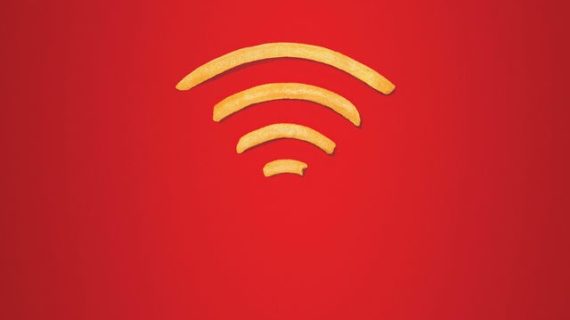
Clickbait marketing is a dying trend (thankfully).
Teens, millennials, and even the older generations online have become quick to recognize a clickbait headline when they see one. As a society, we are avoiding these annoying titles more than ever before. So I think we can all agree- clickbait marketing needs to be gone for good.
Facebook has actively tried to solve this problem.
Their new algorithm, released in 2017, aimed to get rid of content that was “misleading, sensational or spammy”.
To do this, Facebook says they categorize headlines as either clickbait or not clickbait by identifying common clickbait words. Their goal was to create a better and more authentic platform for information and personal connection.
The purpose of clickbait marketing is to generate views. Of course, this is something we all hope for, but it takes more than just page views to be successful.
You need a brand that pulls viewers in, holds their attention, and leads them to your product or service. If done right, you can create a quality, attention-grabbing headline that does just that.
The Fix
Unfortunately, we can’t rely solely on our social media platforms to save us from clickbait marketing, so we’re going to have to try to do so ourselves.
The first thing any copywriter learns is that most people won’t read past the headline. It is the few and far between that actually continue to read your work. That being said, it is evident that the headline is most important in any piece of work.
The very first challenge of any headline is to get the viewer to read the first sentence. You need to craft a sentence that pulls your customers in and leaves them wanting more- and this is where many turn to clickbait because it does exactly that every time. Don’t do it!
Instead, try to write a headline that is unique, specific, urgent, and useful.
To be unique, your headline should have quite a bit of personality.
Fun and interesting headlines are more likely to appeal to the user and stick in their heads longer. Make a new word up, or use a different tone than most people in your field use. Customers like to relate to something, so seeing a headline that speaks the way they do can really amp up their interest.
Your headline should also be ultra-specific.
If you can’t provide enough information to your readers about what the post is even about, your click-through rate will be very low. Let’s say you have a blog post about the wonders and benefits of apples in your diet. A headline that just reads “Apples” is guaranteed to be one of your lowest performing blogs ever. Sure, it may pique the interest of a select few individuals curious to see what you have to say about apples, but it won’t bring you anywhere close to success. A headline that reads “The Glory of Apples and How They Can Help You,” will probably double your traffic.
Another way to create a better headline is to convey a sense of urgency.
As an example, Patel and Putnam provided the following headline: “Are You Losing Sales By Giving Customers Too Many Choices?”. The reason this headline is so effective is because it immediately calls for the reader to ask themselves that exact question. If they said yes, they would probably read through for more information, maybe even hoping to find a solution. If they said no, they probably still had doubts and skimmed through the article to see if they are. This is a great way to get your customers to read more than just the headline.
Lastly, people like to benefit from things, so a useful headline might be exactly what you need to boost click-through rates.
This will increase traffic to your post and help push your call to action simultaneously. In combination with some of the tips above, this trick has the potential to double, even triple, your traffic and sales.
If you’re struggling to find the perfect headline, try creating a list of 10 to 15 headlines until you find one that really sticks. After all, practice makes the perfect headline!
For more information on clickbait marketing and headline writing, check out this article.

